Graphic design for awards found its origins in the pursuit of creating a celebratory atmosphere that felt both prestigious and personal. Historically, there was a standard approach to designing awards, but today, the spectrum of graphic design ideas is vast and varied. Regardless of the style, award graphic design captures the essence of achievement and adds a layer of aesthetic appeal to commendation ceremonies. While at first glance this type of design may seem overly formal and rigid, it is in fact dynamic and creative--and is currently experiencing a significant renaissance. Elevate your next award event with innovative graphic design ideas that leave a lasting impression.
Award certificate design
Award certificate design demands meticulous attention to detail, harmonizing aesthetics with formal recognition to create an impactful document that conveys a sense of achievement and honor. The use of elegant typography is crucial; serif fonts often lend an air of formality while a well-chosen sans-serif can feel modern and sleek, balanced by varying weights for emphasis on the recipient's name and the nature of the award. A restrained color palette can add sophistication; gold foiling or embossing is frequently used to impart a premium, luxurious quality, while the strategic use of white space ensures clarity and focus. Incorporating subtle yet symbolic elements, such as laurel wreaths, ribbons, or custom logos, grounds the design in tradition and brand identity, thus making each certificate not only a token of accomplishment but also a memorable piece of personal recognition.
Trophy graphic elements
Incorporating graphic elements into trophy design involves balancing aesthetics and symbolism to create visually captivating and meaningful representations of achievement. Designers often begin by selecting a material palette--such as glass, metal, or acrylic--that can enhance the proposed visual elements, including intricate patterns, iconographic motifs, or unique structural forms. Shapes like stars, spirals, or abstract vectors might be interwoven with typography or event logos, emphasizing the purpose of the award while maintaining an elegant and cohesive design. Additionally, lighting plays a critical role; illuminating details with LED or reflective surfaces can transform the interaction of light with the design elements, bringing depth and dynamism that elevate the trophy from a static object to a captivating piece of art.
Plaque layout templates
Graphic design for award plaques involves meticulous attention to detail and creativity to create a compelling layout that effectively communicates prestige and honor. Designers must consider the balance of elements such as typeface selection, hierarchy of information, and the incorporation of visual motifs or icons that add a distinct character reflective of the award's significance. Templates often serve as a foundational guide, ensuring consistency in size and format while granting designers the flexibility to customize details like text positioning, borders, and color schemes. The challenge lies in maintaining elegance and simplicity so recipients and audiences immediately grasp the award's purpose without distractions, requiring a keen eye for aesthetics and an understanding of the award's cultural or organizational context.
Medal presentation graphics
The design of medal presentation graphics necessitates an intricate balance of elegance, symbolism, and clarity, aiming to not only highlight the aesthetic allure of the award but also to encapsulate its prestige. Designers employ a combination of sophisticated typography and ornate embellishments, such as gold foiling or embossed motifs, which confer a sense of exclusivity and honor. Strategic use of color contrasts is pivotal; a dominant metallic hue like gold, silver, or bronze paired with rich, deep color tones amplifies both visibility and superiority while harmonizing with the color theme of the event. Furthermore, the layout must be meticulously crafted to accommodate important elements, such as the event's emblem, recipient's name, and date, ensuring a balanced yet dynamic composition that allows each detail to stand out without overshadowing the medal's significance.
Nomination announcement visuals
Nomination announcement visuals in graphic design require a delicate balance between aesthetics and clarity, ensuring the nominated individuals or projects are prominently highlighted alongside the award's prestige. It starts with a cohesive color palette that reflects the event's theme, often incorporating golds, silvers, or other luxurious tones to exude an air of exclusivity and celebration. Typography plays a crucial role, as designers must choose fonts that convey elegance and importance while remaining easily legible across various platforms and devices. Designers often integrate dynamic elements such as overlays, animations, or subtle motion graphics that attract attention while aligning with the brand identity and creating a sense of anticipation and honor for the forthcoming event.
Award event branding
Award event branding in graphic design requires an exquisite balance of elegance and thematic coherence, necessitating a thoughtful synthesis of typography, color schemes, and iconography that resonates with the event's prestige and purpose. Designers immerse themselves in creating visually cohesive narratives, starting with a striking logo that encapsulates the ceremony's ethos, often leveraging symbols like laurel wreaths, stars, or stylized abstractions of trophies to evoke achievement and distinction. Sophisticated typefaces are chosen to complement the event's aura, where serif fonts typically underscore classical refinement and sans-serif variants lend a modern edge, ensuring every textual element from invitations to event programs exudes professionalism and allure. The color palette plays a crucial role in conjuring the event's atmosphere; gold, silver, and deep jewel tones are prevalent, suggesting luxury and excellence, while the seamless integration of branding across various mediums--digital assets, stage backdrops, and physical memorabilia--guarantees a memorable and impactful experience for attendees.
Achievement badge design
Achievement badge design in graphic design involves a meticulous approach to creating visually impactful symbols that convey prestige and accomplishment. The design process begins with understanding the underlying purpose and target audience, which influences the choice of colors, shapes, and materials to evoke the desired emotional response. Designers often opt for bold typographic elements intertwined with intricate patterns, ensuring that the badge stands out both in digital and physical formats. Texture and finish, such as metallic sheens or embossed effects, add layers of sophistication, transforming a simple badge into a coveted emblem of success that recipients proudly showcase.
Winner reveal graphics
Designing winner reveal graphics for awards involves creating striking visuals that captivate the audience's attention and convey a sense of grandeur and celebration. The use of dynamic elements such as animated transitions and vibrant color palettes enhances the excitement and anticipation associated with announcing the winners. Typography plays a crucial role in clarity and impact, where bold and elegant fonts ensure the winner's name and category stand out prominently against the background. Incorporating thematic elements consistent with the event's branding, such as logos or signature motifs, unifies the graphic with the overall aesthetic while adding a personal touch that resonates with both the recipients and attendees.
Ceremony program design
Ceremony program design in graphic design involves creating an aesthetically appealing and cohesive visual presentation that encapsulates the essence and tone of the awards event, ensuring it resonates with the audience. Designers meticulously select typography, color schemes, and imagery that align with the event's theme, whether it be elegance, innovation, or tradition, while maintaining brand consistency to elevate the ceremony's prestige and identity. This process often requires a detailed understanding of layout and composition to organize the flow of information effectively, capturing essential details like the order of service, speakers, honorees, and special recognitions without overwhelming the audience. Additionally, incorporating elements such as motifs, logos, or custom illustrations can add a personalized touch, making the program not just an informational tool but a memorable keepsake that attendees cherish long after the event concludes.
Recognition logo creation
Creating a recognition logo for awards involves melding aesthetic appeal with clear symbolism, ensuring that the emblem resonates with the prestige and honor associated with the accolade. Designers must delve deep into the brand's ethos and the award's purpose, choosing elements that succinctly convey excellence and aspiration. Typography and color palettes are selected with precision to evoke emotions of achievement and pride, often leaning towards regal tones like gold and purple, or adopting contemporary hues that speak to innovation. The design process entails iterative sketching, digital renderings, and feedback loops to distill a logo that feels timeless and adaptable, capable of standing out in diverse formats, from trophies and certificates to digital media and print.






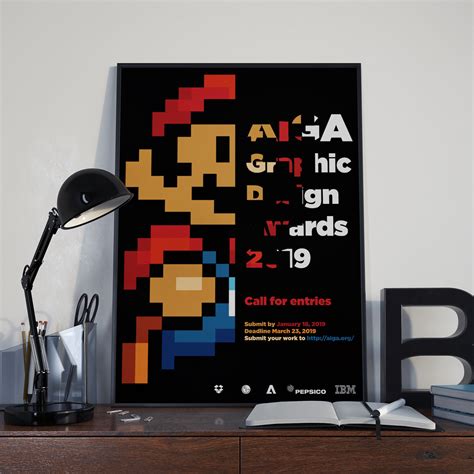
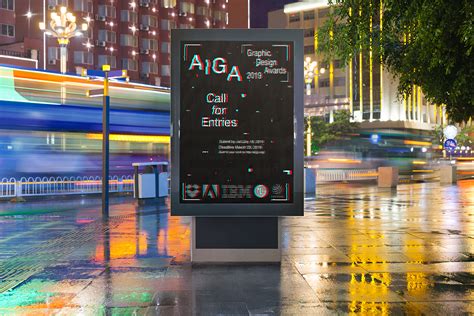
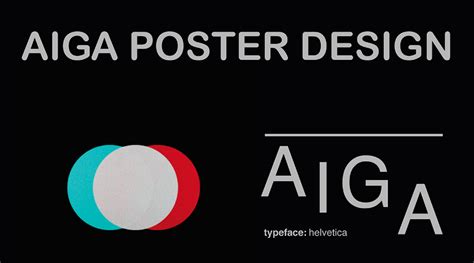
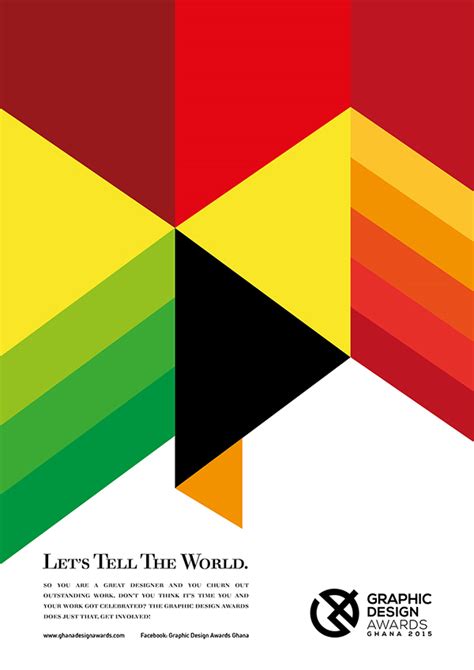
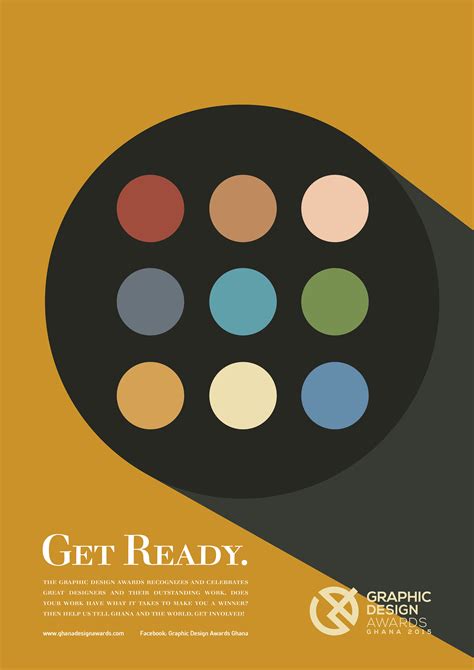
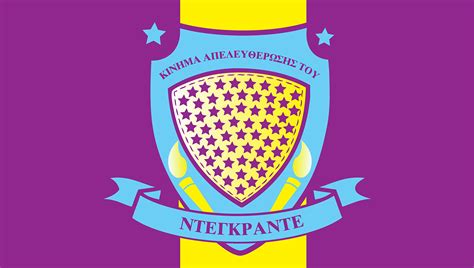
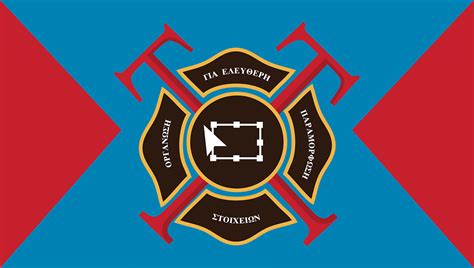
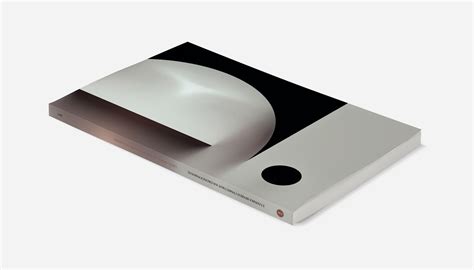
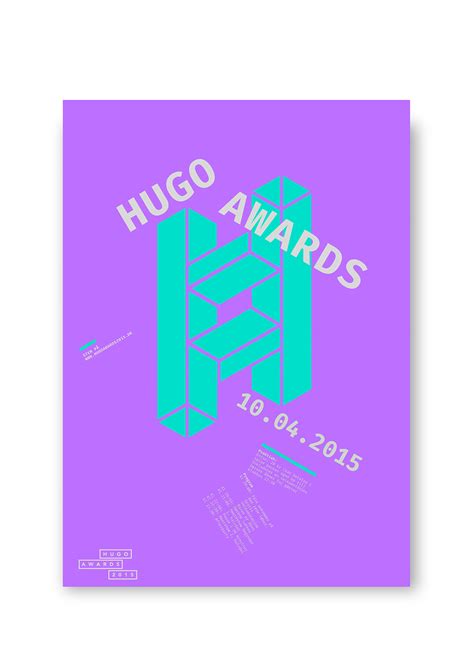
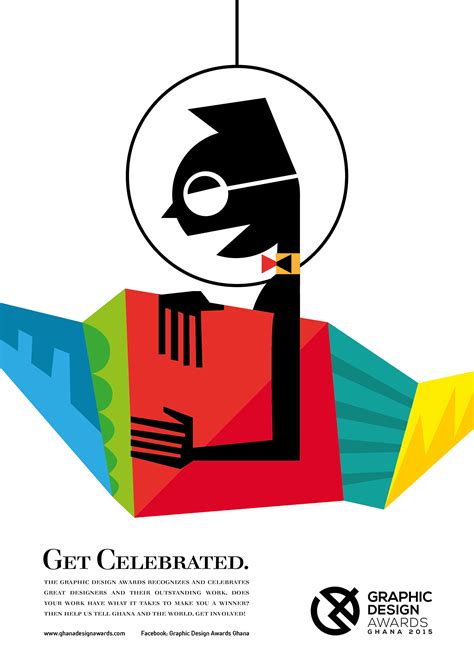


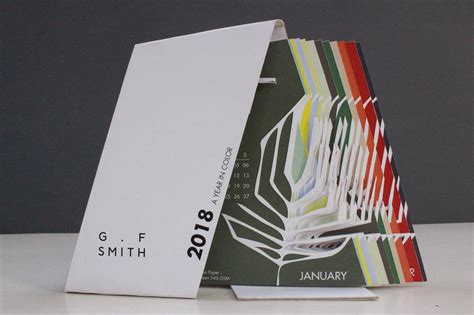
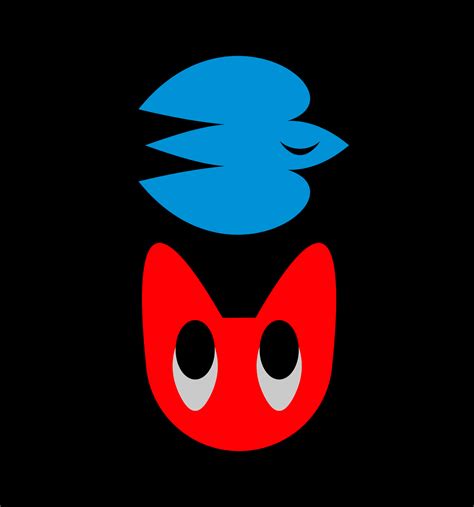
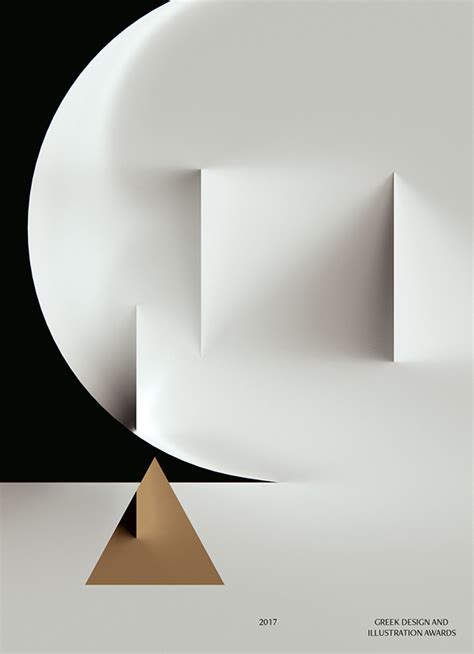
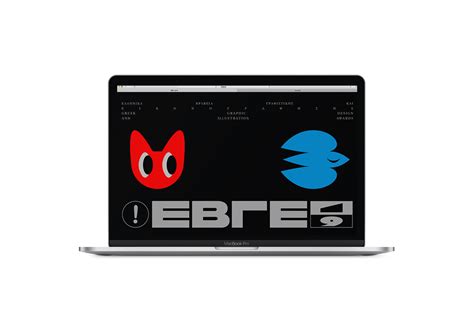
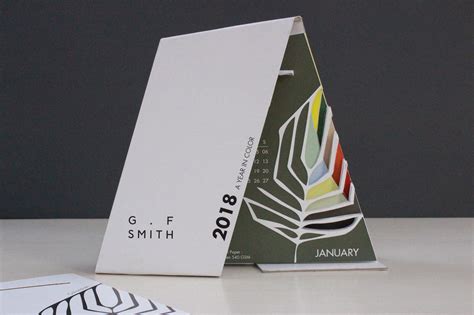
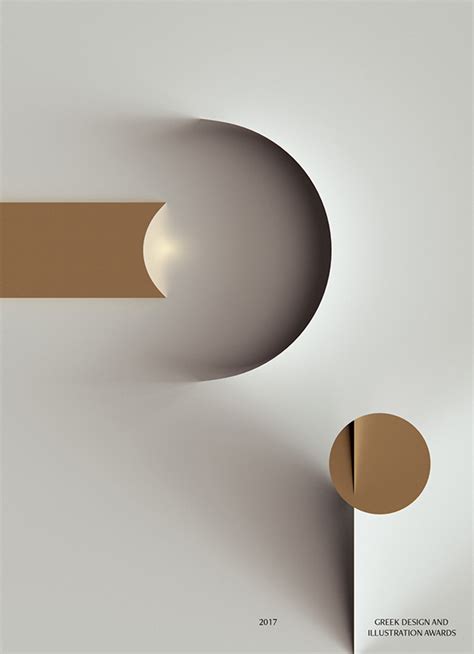
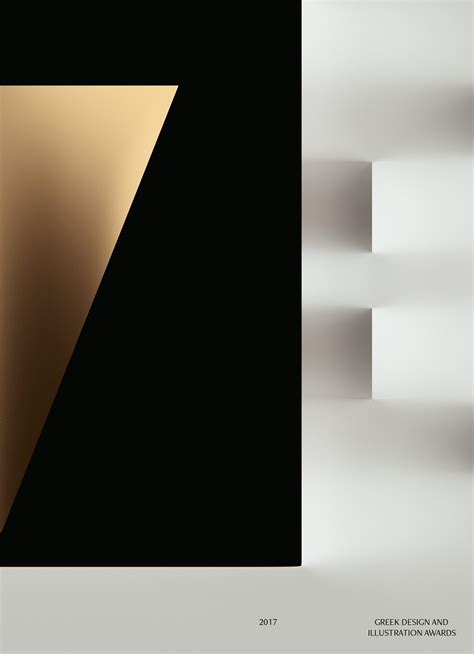
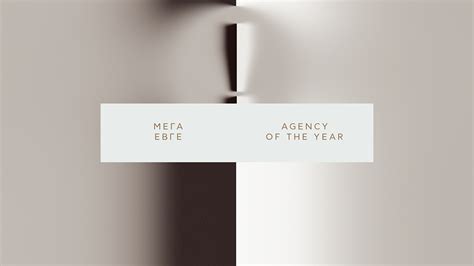
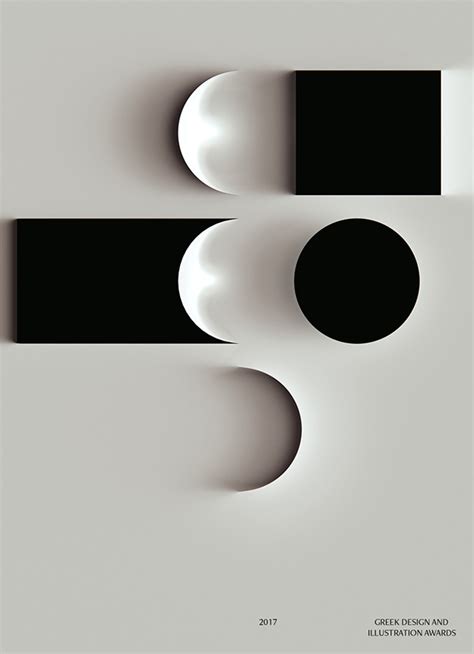
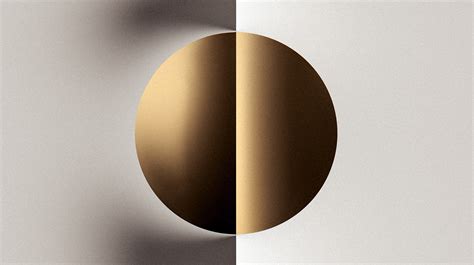
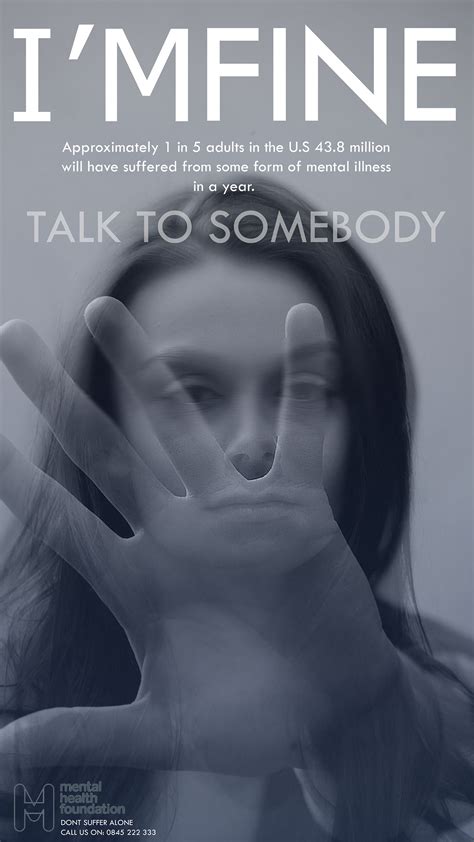

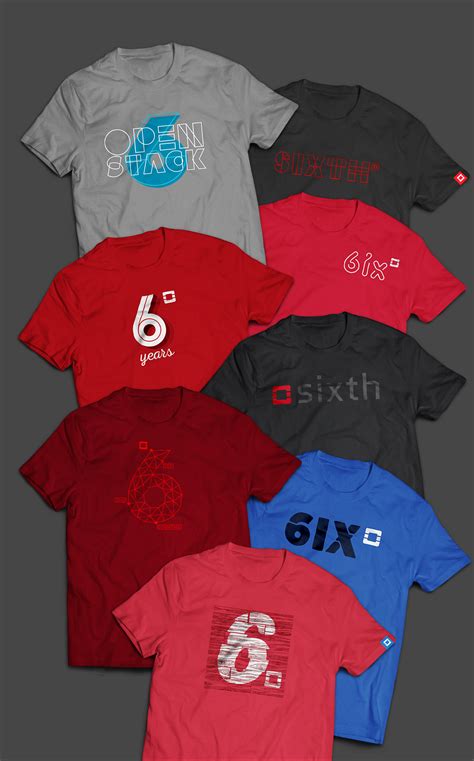
Leave a Reply
Your email address will not be published.